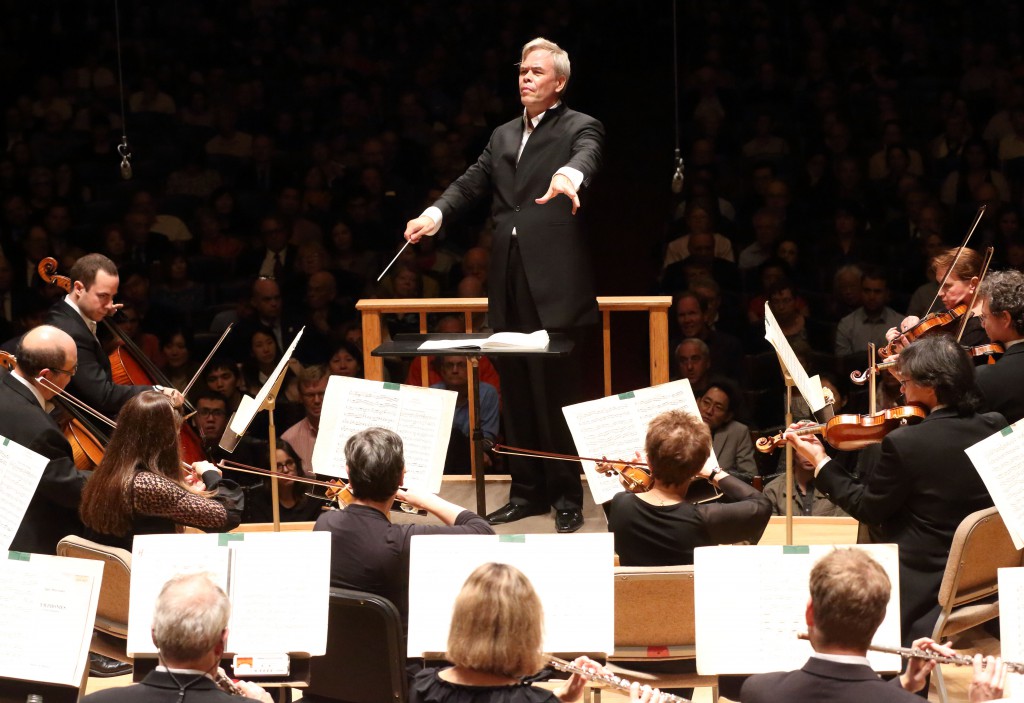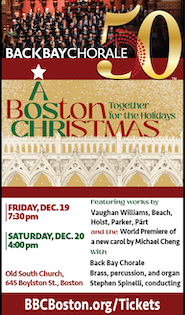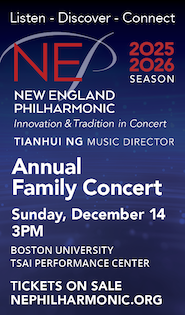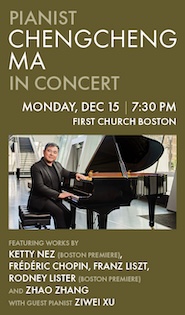In BSO debut, Lintu brings striking emotional power to familiar Bartók in season opener

Hannu Lintu conducted the Boston Symphony Orchestra’s season-opening concert Thursday night. Photo: Hilary Scott
After a typically packed summer in the Berkshires and an extensive European tour in September, the Boston Symphony Orchestra finally kicked off its 2018-19 subscription season Thursday night at Symphony Hall.
The night’s concert celebrated the various sections of the orchestra, a popular BSO programming conceit of late. This time around, the woodwinds and brasses were showcased in Stravinsky’s Symphonies of Wind Instruments and the strings played Tchaikovsky’s Serenade for Strings. All then joined together for Bartók’s Concerto for Orchestra.
Presiding over the festivities (well, most of it, anyway) was the charismatic Finnish maestro Hannu Lintu, who was making his BSO debut. Justly regarded as a leading proponent of 20th– and 21st-century fare, Lintu lost no time getting down to business on Thursday, starting things off with a lean, often balletic account of the Stravinsky.
Written in 1920 and revised in 1947, the Symphonies are composed for an ensemble of twenty-four players. The eight-minute score consists of a series of highly contrasted musical ideas – caterwauling high-refrains, a sober chorale, snappy, march-like figures, and some bucolic duets—often juxtaposed abruptly.
Thursday’s reading of the piece played up the music’s divergent qualities. The opening woodwind choruses were brash and raw, the chorale, rounded and noble. Throughout, Lintu carefully balanced the music’s textures and never lost sight of the score’s underlying rhythmic impetus.
The Symphonies’ solos were conspicuously fine, particularly those from principal flute Elizabeth Rowe, English hornist Robert Sheena, and principal trumpet Tom Rolfs. A piece that can often come across as somewhat austere, the Symphonies gleamed with uncommon warmth and freshness.
One could say the same about the evening’s performance of Bartók’s Concerto for Orchestra.
That the BSO virtually owns this work should come as no surprise; then-BSO music director Serge Koussevitzky commissioned the piece and led its 1944 premiere. But Thursday’s performance was refined to an exceptional degree and notable for its strong undercurrent of pathos.
Lintu ably drew out the first movement’s forceful statements and the finale was a blazing, kinetic romp.
But what most stood out most were the plangent, sometimes bittersweet, allusions to folk music that dot the Concerto’s pages. The first movement, for all its angular vigor, was also sumptuously lyrical. In the central “night music,” amid fluttering woodwinds figures, searing climaxes, and a devastating final disintegration, a wistful songfulness prevailed. And the pair of interludes, “Game of Pairs” and “Interrupted Intermezzo,” were tenderly rueful.
Lintu’s reading fully balanced the Concerto’s kaleidoscopic sound world with Bartók’s innate conception of musical structure. The score’s many delicate gestures – sensitively realized throughout – served larger, dramatic ends. The result was a dazzling Concerto for Orchestra performance: while still a brilliant showpiece, Thursday’s performance also packed a surprising degree of seething emotional power.
Alas, the same couldn’t be said for Tchaikovsky’s Serenade, which was performed by the BSO strings sans chef.
To be sure, the middle two movements offered plenty of personality and passion. The waltz lilted elegantly and the principal theme of the “Elegy” sang with doleful beauty. There were also some fine moments in the outer movements, with the introduction and coda big and warmhearted. A wispy atmosphere characterized the start of the finale’s “Tema Russo.”
But in the framing movements, one sorely missed the lack of a conductor’s hand, with too much playing that was interpretively indistinct.
The opener’s fast, contrapuntal textures tended towards blurriness as did the busy runs of the finale. Both lacked the extra degree of dynamic nuance. Spry tempos gave the performance a welcome degree of excitement, but ultimately reinforced the blunt nature of the reading.
The program will be repeated 1:30 p.m. Friday and 8 p.m. Saturday at Symphony Hall. bso.org; 866- 266-1200.
Posted in Performances


